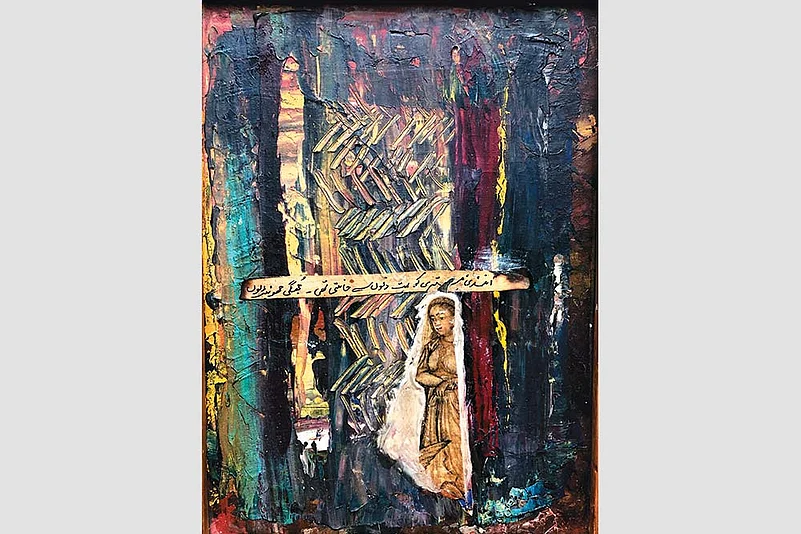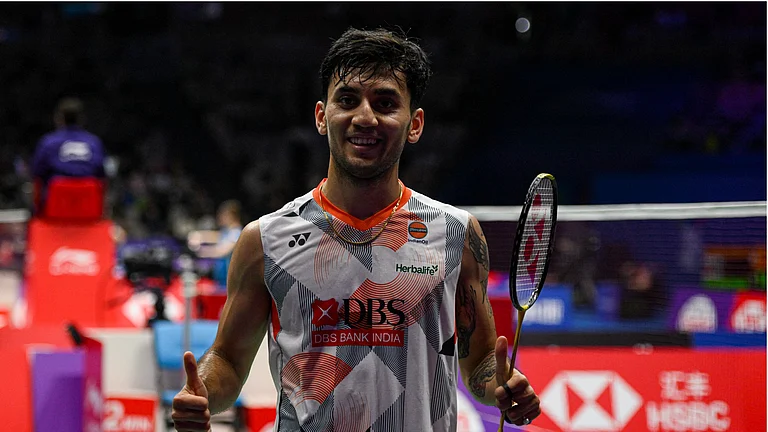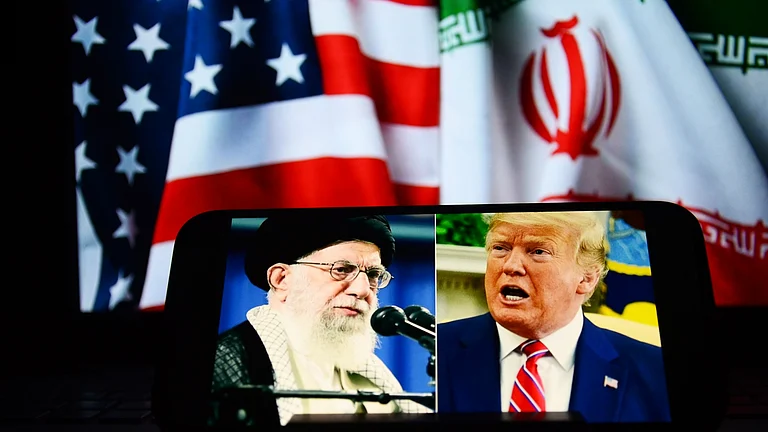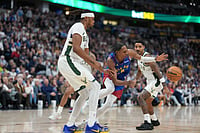The success of Hindutva’s long march to power depended on the creation of a new Hindu identity. Over the past six years, as Hindutva attained dominance, we saw the consolidation of identity and the emergence of a new ‘ethnic Hindu’, defined in opposition to Muslims. As political scientist Pradeep Chhibber wrote in ThePrint in December 2019, “The BJP is building a new India, an India in which the complexity and diversity of Hindu religion are being flattened into a Hindu ethnic identity.”
As a necessary byproduct, a new Muslim identity is coalescing alongside. The last time the ‘Hindu’ and ‘Muslim’ identities underwent such a rapid transformation was during the late colonial period.
This novel Muslim identity is being driven by a consciousness of subjugation and despair. The experience of marginalisation is certainly not new to Muslims—the novel element is the loss of hope in recourse to the system. The CAA protests, an example of this new consciousness, were fundamentally a cry of despair, much like the George Floyd protests. It was not just the government that had driven the protesters to the streets, but also the craven abdication—and even collusion—of all independent institutions, particularly the media and judiciary. Similarly, the Black Lives Matter protesters view the police as the most violent manifestation of a political-legal system based on White superiority.
So what is this new Muslim identity and how did it form?
A middle-aged Muslim man at a tea-cigarette shop in Agra once told me, “We didn’t know our religion before Modi came to power. As they debated about Islam, we strove to learn more about it. Before triple talaq became an issue, I didn’t know what Islamic texts said about divorce. Muslims have also started going to mosques more often”.
This phenomenon of people getting more attached to their identity when they feel it is under attack is not new. In fact, the reformist and revivalist movements of the 19th century that shaped modern Indian Hindu and Muslim identities were essentially responses to widespread fears of these identities being threatened by imperialism. After the 1984 anti-Sikh riots, there were anecdotal reports of many irreligious Sikhs wearing the turban again as a symbol of cultural defiance.
Anthropologist Thomas Blom Hansen mentions that after the 1992 Bombay riots, Muslims who had fled from Hindu localities during the riot didn’t return, thus deepening the spatial segregation of Muslim communities. One of the “compensatory strategies” of Bombay Muslims in the face of the Hindutva onslaught, Hansen argues, was the “community purification” advocated by religious organisations. There is similar anecdotal evidence to suggest that Indian Muslims have started asserting their religious and cultural identity more after the post-2014 Hindutva dominance in society and politics.
Consider, also, the psychological impact on an ordinary Muslim who has seen her community being demonised, in subtle and explicit words, almost every day on national television for years. It is inconceivable that this barrage would leave the identity and consciousness of Muslims untouched.
Of course, there is no monolithic Muslim identity. As Hilal Ahmad notes in his book Siyasi Muslims, it is as much divided along the lines of language, caste, class and gender as Hindu identity. The framing of a singular Muslim identity also plays into the hands of the right wing, whose ideology demands the refusal to acknowledge the diversities of beliefs, interests and behaviours among Muslims. Muslims, according to the right wing, are a dangerous, dogmatic group united by religion and political goals. This fantasy enables them to believe that Muslims, who constitute 14 per cent of the population, have been victimising Hindus, who make up 80 per cent of the population. In what is sometimes termed as ‘Muslim envy’, they desire to create a Hindu identity along the lines of their imagination of the Muslim identity. In their mythmaking, this is the only way to become strong and resist Muslim ‘aggression’.
There was, however, already a new pan-Indian Muslim identity germinating before 2014, at least among the middle classes. This process has accelerated after 2014. The same forces that facilitated a Hindu identity advanced the new pan-Indian Muslim identity—the communication revolution arising from cheap internet, smartphones and access to television for the lower-middle classes, globalisation etc. The world after 9/11, consumed by endless wars in the Muslim world and a global wave of Islamophobia, was also instrumental in shaping Muslim consciousness. Zakir Naik and Israr Ahmad became bigger household names in Sunni-Deobandi families than the local imam.
This is not to make value judgements or to portray a ‘syncretic’, ‘diverse’, ‘peaceful’, ‘Indian’ Islam of the Sufis and Barelvis in opposition to a ‘dogmatic’, ‘homogeneous’, ‘intolerant’, ‘foreign’ Islam of reformist movements like the Tablighi Jamat and Deobandis. The early sociological scholarship on Muslim communities that drew on these tropes has come under criticism lately for being influenced by Islamophobia.
The Hindutva upswing, however, has provided a fillip to these religious reformist movements. In a chaotic world, ‘going back’ to pristine forms of Islam has a unique attraction. These forms of Islam are more textual in nature and their popularity has enabled the emergence of broader faith-based communities.

The intimations of the advent of some kind of a pan-Muslim identity, at least among the middle classes, were reflected in two post-2014 developments—the anti-CAA movement and the rise of Asaduddin Owaisi as a ‘national’ Muslim leader. Both these developments are products of the new Muslim consciousness.
After the Citizenship Amendment Bill was announced, Muslims from the metros as well as underprivileged regions flooded the streets to register their disenchantment with the system. It was a spontaneous outpouring, with little support from organisations. The participation of Muslims in this movement cut across the divides of class, caste, language and religiosity. The images of burqa- and hijab-clad women leading a movement to uphold the Constitution challenged many stereotypes prevalent among both the right wing and liberals.
Yet, could such a movement have happened two decades before? The last movement of a similar scale—the Shah Bano agitation—was much more uniform in composition, composed mostly of conservative males. It was also modest in its goals, comprising just the defence of one section of religious protections rather than standing up for a coherent worldview.
The rise of Owaisi is also an outcome of this consciousness. Owaisi’s party is still, despite the media hype, largely confined to its home turf of Hyderabad. Outside Telangana, its major electoral successes are limited to two assembly seats in Maharashtra and one parliamentary seat in Bihar. Yet, Owaisi has come to occupy the mindspace of the young, urban, educated Muslim across much of India. Before 2014, few Muslims in Lucknow or Aligarh knew much about Owaisi, except that he was a bearded, skull-cap-clad Member of Parliament. Since then, Owaisi has positioned himself as an ‘independent’ Muslim politician reflecting the anger and angst of ordinary Muslims. There are many middle-class Muslims disappointed by the triangulation and see-sawing of secular parties and their Muslim leaders. Among them, Owaisi has generated growing enthusiasm.
The phenomena of a ‘national’ Muslim movement and ‘national’ Muslim leader are extraordinary developments rarely witnessed after Partition, an event that has limited the boundaries of Muslim assertion for nearly seven decades after Independence. Finally, the shackles are being loosened—not out of hope, but out of sheer desperation. There is a legitimate concern of Muslims dropping out of the political arena. But there is also a flickering hope that after the dark period of Hindutva, a new dawn will surface, heralded by a more assertive class of Muslims.
The BJP is not just remaking the Indian Hindu; in many ways, it is also remaking the Indian Muslim. At different points in the last two centuries, a new Muslim consciousness has been represented by Sir Syed Ahmad Khan, Muhammad Ali Jinnah and Maulana Azad. It remains to be seen whether Owaisi will be remembered in history as an overhyped political figure more visible on television than on the ground or as a historical figure who channelled and rode the new Muslim consciousness to unveil a new paradigm of Indian politics.
(Views are personal)
ALSO READ





















